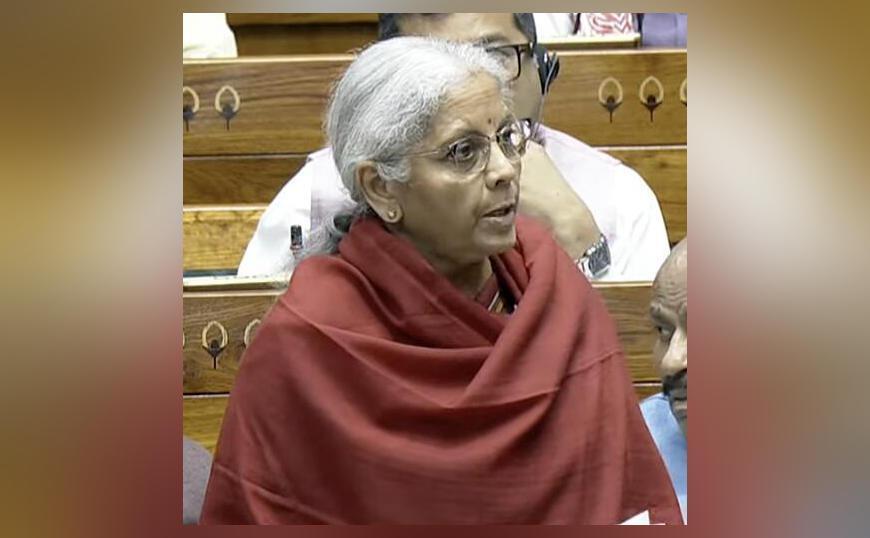
Rate not hiked on even 1 item after GST implementation: FM Nirmala
The Goods and Services Tax (GST) regime was introduced in India in 2017 with an aim to simplify and harmonize the indirect tax structure in the country. Since its implementation, there have been several changes in the tax rates and slabs, which have been a subject of discussion among the business community and policymakers. Recently, Finance Minister Nirmala Sitharaman made a significant statement in the Rajya Sabha, which has sent a positive signal to the industry and taxpayers.
According to FM Nirmala Sitharaman, there is not even one item on which the rate has been increased after the implementation of the GST regime. This statement is significant because it indicates that the government has been successful in fulfilling its promise of reducing the tax burden on the common man and businesses.
Sitharaman also highlighted that the GST rates have been brought down, and the average GST rate has come down to 11.3% from 15.8% (at the time of GST implementation). This reduction in the average GST rate is a welcome move, as it will help in reducing the cost of production and increase the competitiveness of Indian businesses in the global market.
The reduction in the average GST rate is also expected to have a positive impact on the economy. With lower tax rates, businesses will have more money to invest in expansion, research, and development, which can lead to job creation and economic growth. Additionally, lower tax rates will also lead to an increase in consumer demand, as people will have more money in their pockets to spend on goods and services.
The reduction in the average GST rate is a result of the government’s efforts to simplify the tax structure and reduce the complexity of the GST regime. Since its implementation, the government has been working to remove the glitches and issues faced by businesses and taxpayers, and this reduction in the average GST rate is a testament to those efforts.
The reduction in the average GST rate will also help in reducing the tax burden on the common man. With lower tax rates, people will have more money to spend on essential goods and services, which can lead to an increase in consumer spending and economic growth. Additionally, the reduction in the average GST rate will also help in reducing the burden on small and medium-sized enterprises (SMEs), which are the backbone of the Indian economy.
The reduction in the average GST rate is also expected to have a positive impact on the Indian rupee. With lower tax rates, the demand for the rupee will increase, which can lead to an appreciation in the value of the currency. This can also lead to a reduction in the trade deficit, as imports become cheaper and exports become more competitive.
In conclusion, FM Nirmala Sitharaman’s statement that there is not even one item on which the rate has been increased after the implementation of the GST regime is a significant development for the Indian economy. The reduction in the average GST rate to 11.3% from 15.8% is a welcome move, which is expected to have a positive impact on the economy and businesses. The reduction in the average GST rate will also help in reducing the tax burden on the common man and SMEs, which is expected to lead to an increase in consumer spending and economic growth.






